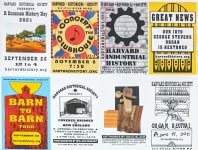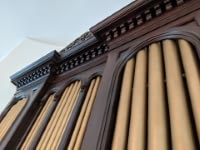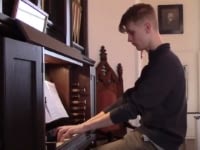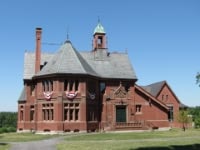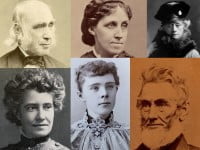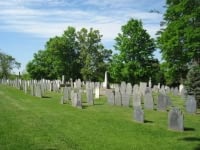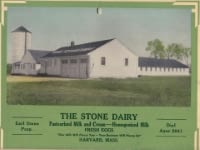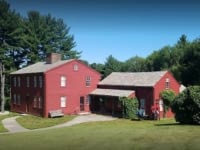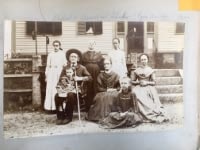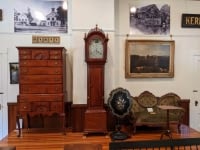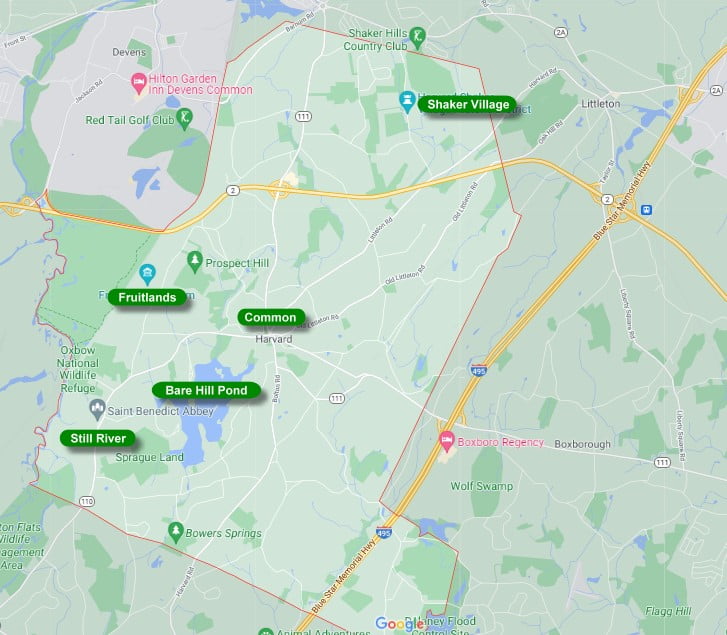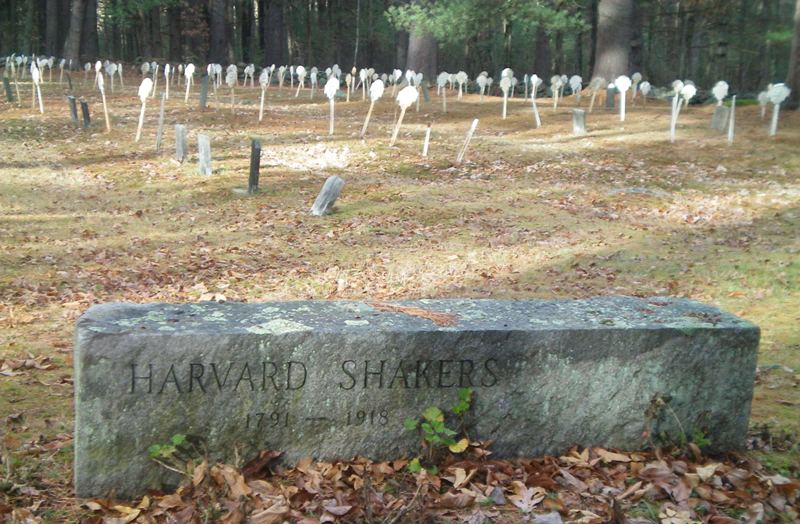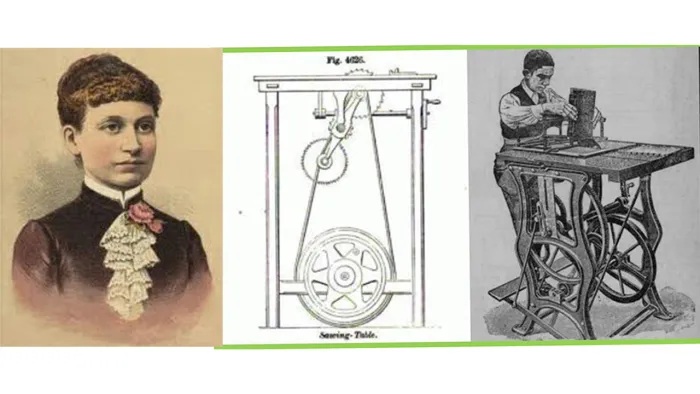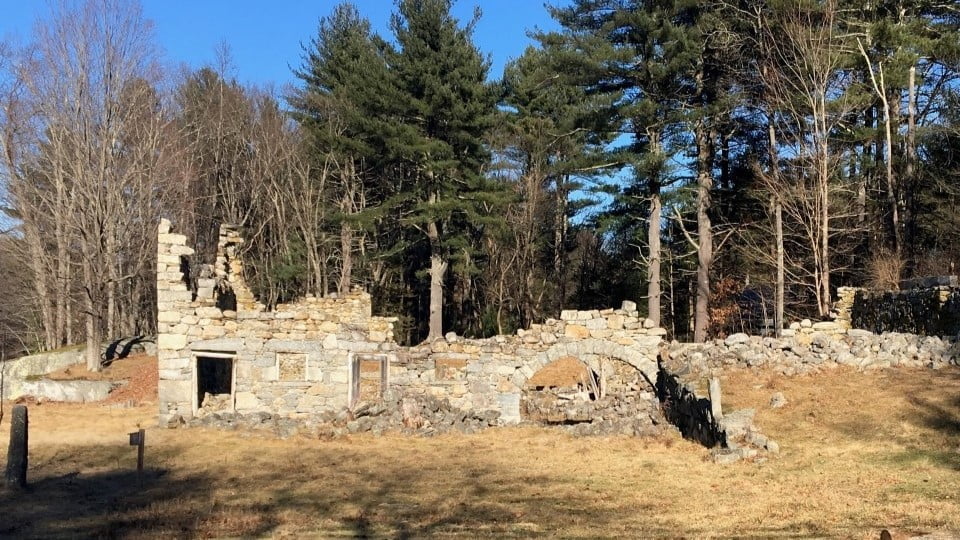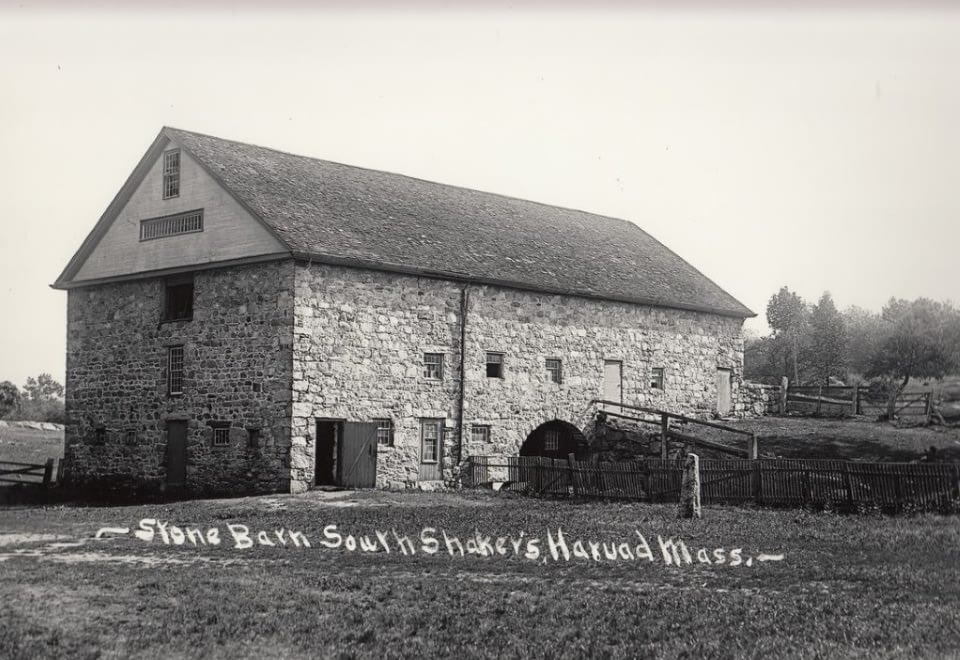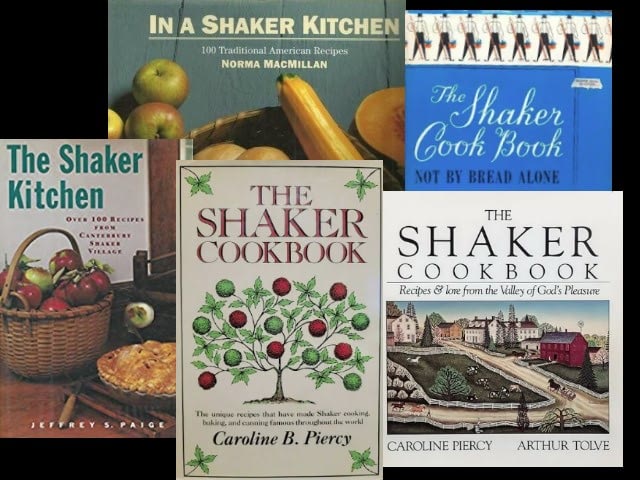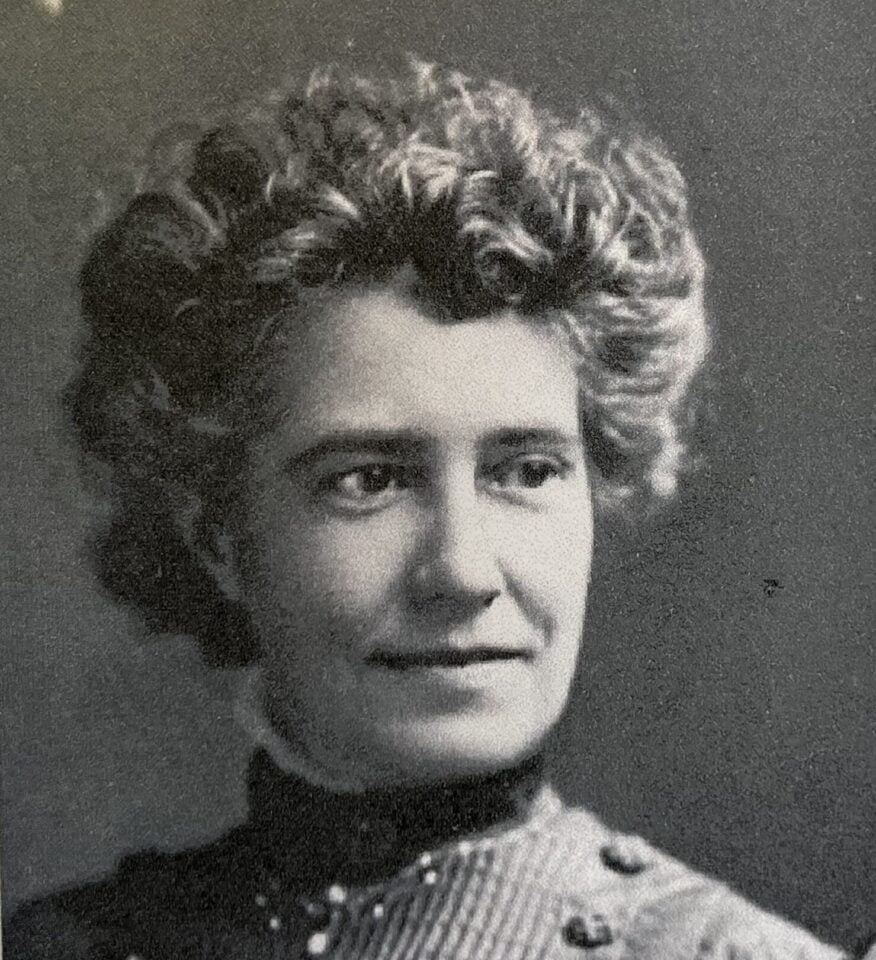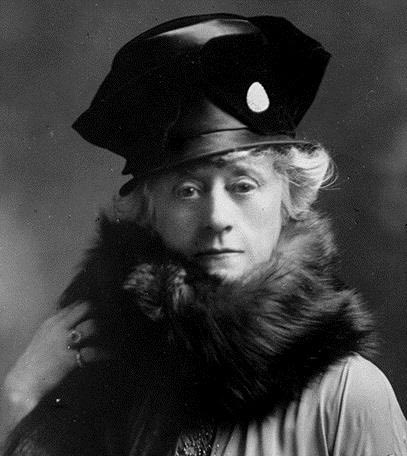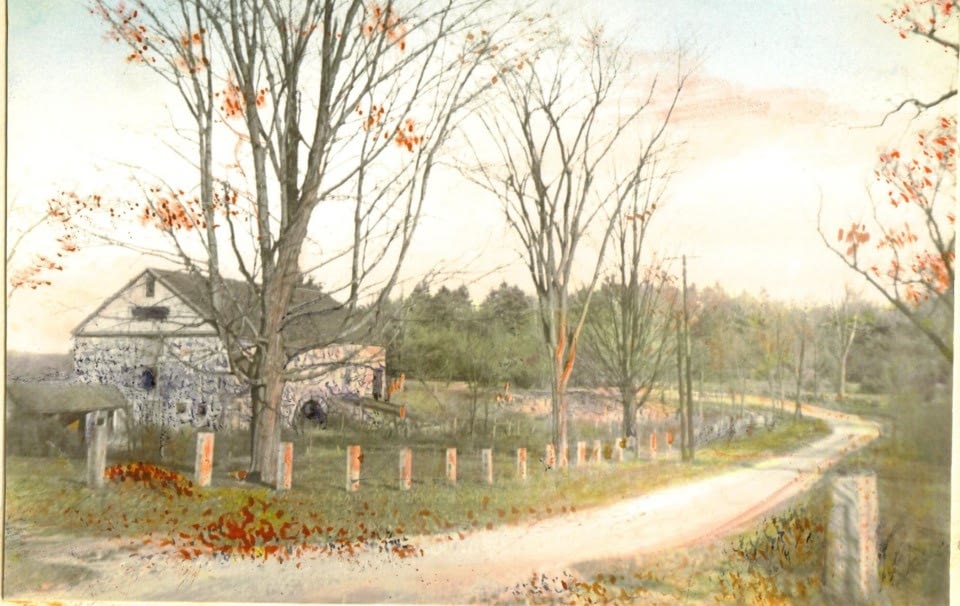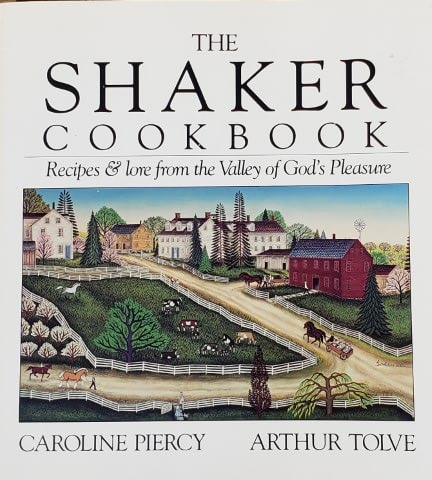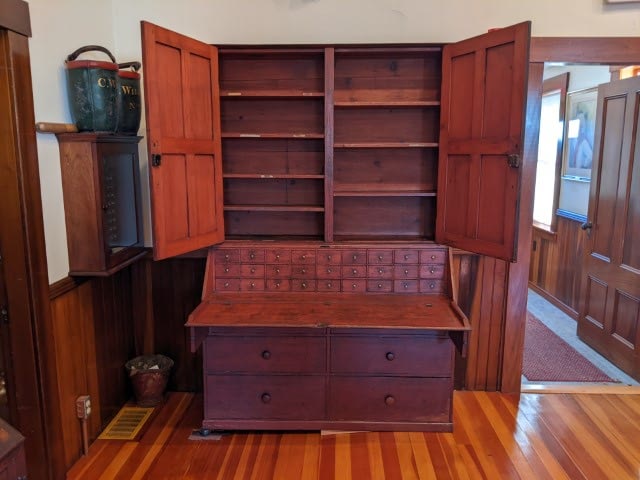Harvard Shaker Village
Harvard’s history includes many experiments with alternative lifestyles, beginning with one by a man named Shadrach Ireland who lived in the northeast corner of town. He fled to Harvard to establish his own religious community, proclaiming his immortality. When he was proved mortal, his Square House was sold to Mother Ann Lee, whose group of Shakers established a small village that occupied the area from the 1781 to 1918.
The Harvard Shakers split the community into four “families”– North, East, South, and Church (where the Ministry lived). Only buildings from the latter two remain today. A single North family building, the North family office, remains as well, although outside the historic district.
By the early twentieth century membership had dwindled to a handful from a peak of 200 in the 1850s so in 1918 the community moved out and the buildings and remaining land were sold to Boston industrialist and “single tax” advocate Fiske Warren. Shortly thereafter, wealthy Boston heiress, author, and historian Clara Endicott Sears purchased the 1794 Shaker office building and moved it to the nearby Fruitlands Museum, where it opened in 1922 as the first Shaker Museum in the country. It is currently the only Harvard Shaker building open to the public. The remaining Shaker buildings are private residences, and much of the surrounding land remains undeveloped through a conservation easement. The historic district was added to the National Register of Historic Places in 1989.


